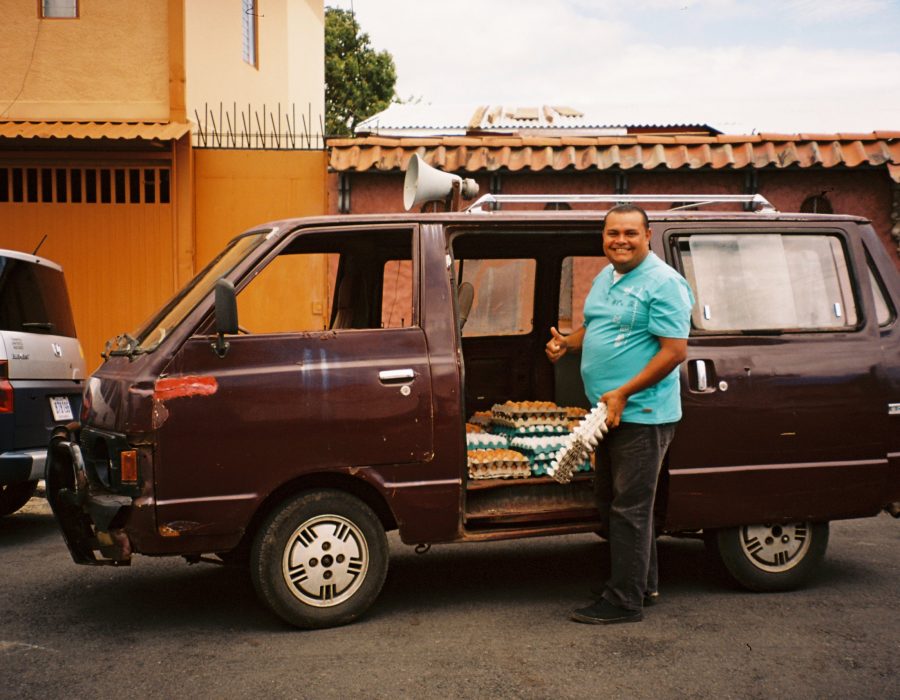Using Research to Aid a Costa Rican Language School

The Challenge
Tico Lingo had students waiting to learn Spanish on a waitlist. The reason? There were not enough homestay families to host them.
My Contributions
I expanded the homestay network threefold. Through conversation with existent homestays I defined an essential part of Tico Lingo’s product. I observed household dynamics, developed discussion guides, and an expansion plan.
Our Solution
In collaboration with the director we established criteria for the student-homestay relationship. We provided a path for additional revenue streams for families in Merced Norte.
Defining the Problem
Evaluating Tico Lingo's Users
In May of 2016, Tico Lingo had one professor, five homestay families, and six students. Students in the pilot group attended class at the school during the day, departing after class for tours and later, time with their assigned homestay.
I set out to understand Costa Rican household dynamics and family structures.
In order for Tico Lingo to grow we needed to better define our other essential customer: homestays. How could we grow our network?
Understanding Tico Households
“Another 250,000 ₡ a week covers car payments and transport for Gabriel to and from school”
-Marcela (homestay mother)

Establishing Homestay Criteria

“I learn too, my daughter learns, it’s a delight to have a foreigner visit. Sharing culture, learning, growing together.”
-Caesar
Lessons Learned and Growth
Through June into October of 2016, Tico Lingo saw 30 new students come through it’s doors. What began as a small language startup had evolved into an established product with seasonal demand.
Working on a tight budget with minimal resources was as challenging as it was rewarding. I valued being able to see user feedback directly affect business decisions and outcomes.
Tico Lingo continues to garner stellar reviews. By prioritizing user satisfaction the school continues to flourish.
